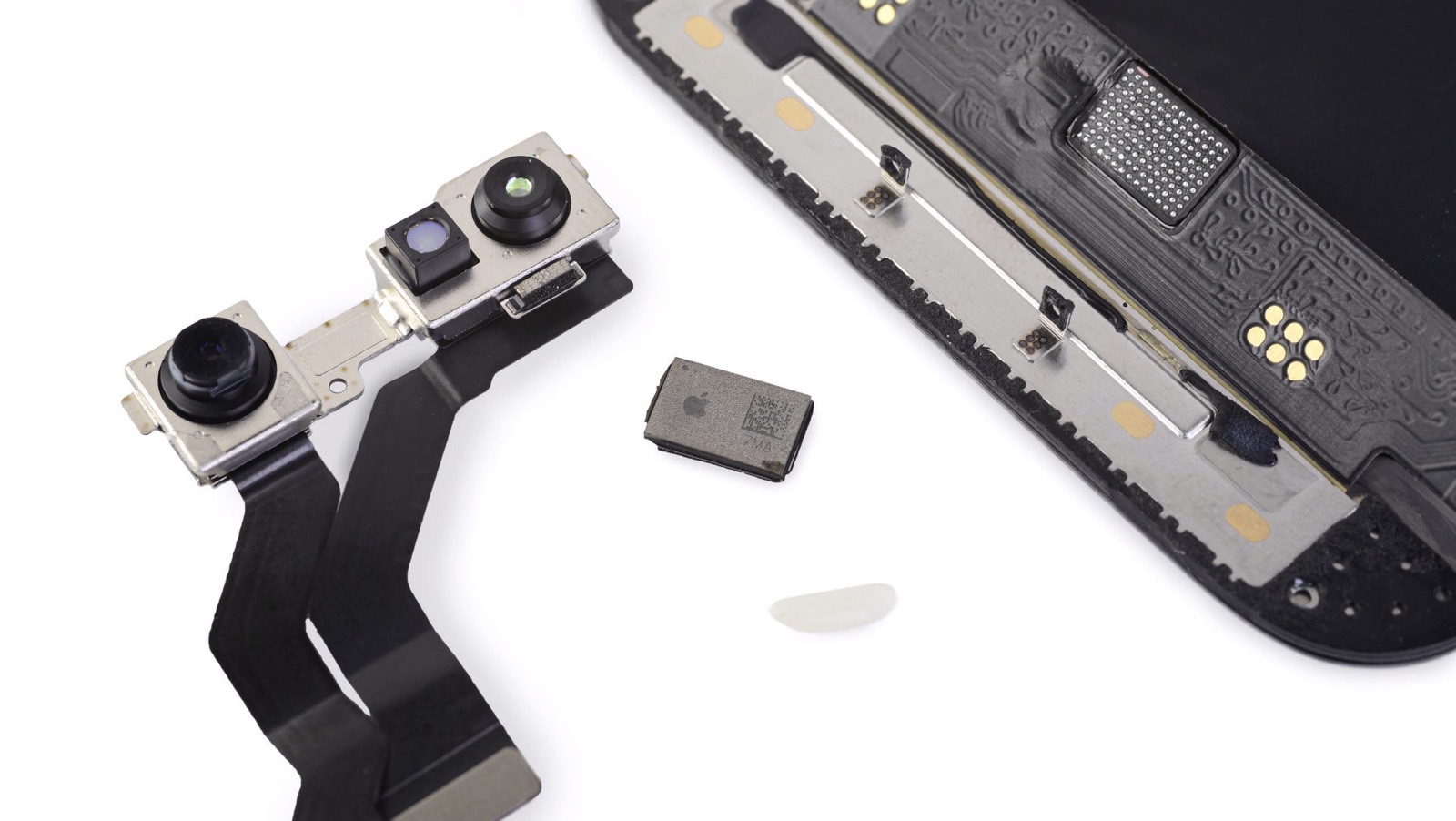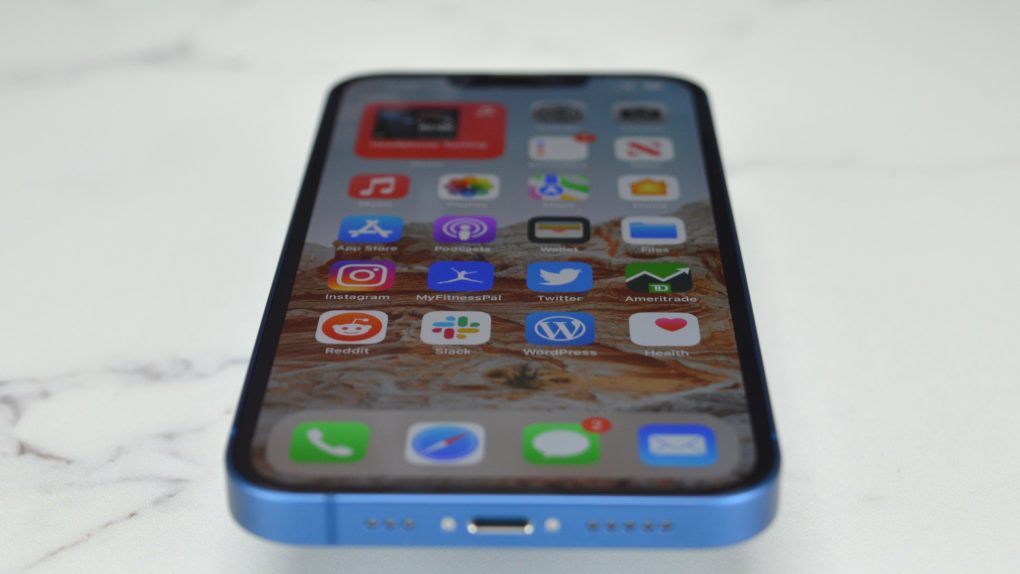Soon after Apple unveiled the iPhone 13 handsets, the usual teardowns followed. These dismantling procedures serve two purposes. First, they uncover the phone’s guts, revealing Apple’s innovations. Secondly, they determine how easy it is to repair the handsets. As soon as the teardowns arrived, we learned that one of the most common iPhone repairs comes with a big caveat when it comes to the iPhone 13 versions. Third-party repair shops risked ruining Face ID functionality without the proper tools, which is not the kind of repair side-effect you’d want from the iPhone. However, good news lies ahead. Apple has seen plenty of pushback on the matter and has confirmed that it’ll fix the problem via a software update.
iPhone 13 screen replacements
The iPhone 13 series feature the same design concept as their predecessors and many Android flagships. They’re “glass sandwich” phones, which means the metal chassis sits between two layers of glass, the display and rear panel. The iPhone 13 is more durable than most rivals, as seen in the drop tests that followed the late September release.
But glass is glass and can break if the stars align. The height, angle, and contact surface will influence how the iPhone 13 survives these accidents. It’s one thing to have an iPhone 13 version fall on concrete and quite another to drop it on a carpet. The same goes for height. The higher the drop, the higher the risk of damaging the front or back of the phone. You might not care if the rear panel brakes, but you’ll surely go for a screen replacement if the display shatters.
That’s why you should consider using cases and screen protectors with all glass sandwich phones, iPhone 13 models included. Apple AppleCare+ might be advised, and you might want to consider repairing your iPhone only at Apple Stores or authorized shops.
Why Face ID is so important
Face ID is the most sophisticated biometrics authentication method you can get on a phone. If you’ve been using iPhones since the iPhone X, you know how convenient it is. Unlocking the phone, signing into apps, confirming digital purchases, it all works.
Also, Apple has been improving Face ID since that first-gen TrueDepth camera that shipped with the iPhone X. The iPhone 13 is the first Face ID iPhone to feature a smaller notch.
Having Face ID malfunction would be quite inconvenient. You’d have to rely on a PIN for unlocking and authenticating measures. It’d be all the more annoying if you found you couldn’t use Face ID after you’ve just replaced your broken iPhone 13 screen.

The iPhone 13 Face ID block explained.
It’s the same iFixit that explained a few days ago the problem with Face ID functionality following iPhone 13 screen replacements.
After additional testing, they found that screen replacements will get increasingly more difficult for third-party repair shops. Replacing the display is the most popular iPhone service job out there. That’s because many people drop their handsets. Replacing the iPhone 13 screen without ruining Face ID functionality requires special equipment and skill, iFixit explains.
Repair shops would need microscopes, microsodlering tools, and extensive training to replace the iPhone 13 screen, the company noted. Repairs might take longer as a result. That’s because the Face ID microcontroller (seen above) has to be transferred to the new screen from the broken one.
Aside from providing teardowns for all the hot new gadgets, iFixit is also a strong advocate for the right to repair. They’ve highlighted Apple’s stance on the right to repair in previous years, as well as the similar obstacles that hindered iPhone repairs in the past.
Apple will support iPhone 13 screen replacements
The best way to have your iPhone serviced is an Apple Store or authorized retailer. You won’t have to worry about the screen replacement breaking Face ID in such a case because it won’t happen. Apple service personnel have software in place that authenticates screen replacements.
But not all iPhone 13 owners have that option. And some might choose third-party repair shops that offer more competitive prices. Others might want to repair the iPhone themselves.
Apple confirmed to The Verge that it will release a software update to lift the Face ID limitation. Unauthorized repairs will not break Face ID after the update, which means repair shops won’t have to worry about transferring the old Face ID microcontroller to a new screen.
It’s unclear when the iOS 15 update that fixes the Face ID issue will drop. But Apple updates iOS regularly, so the fix should be here soon. Just make sure you don’t break your iPhone’s display just yet.








